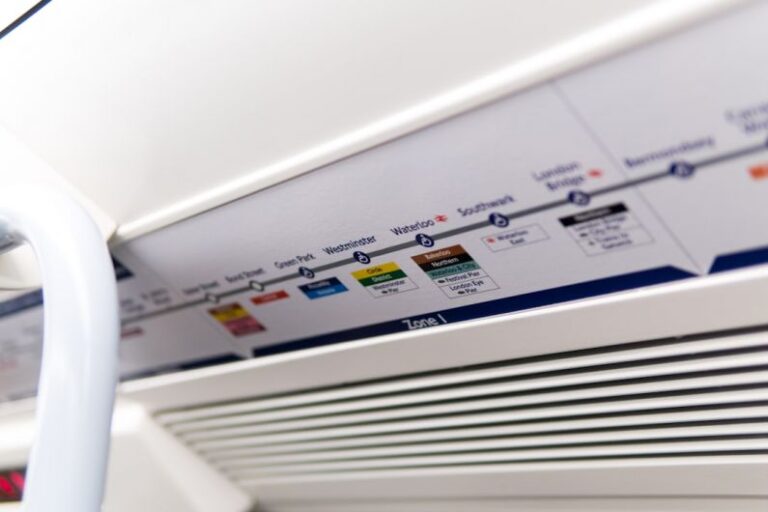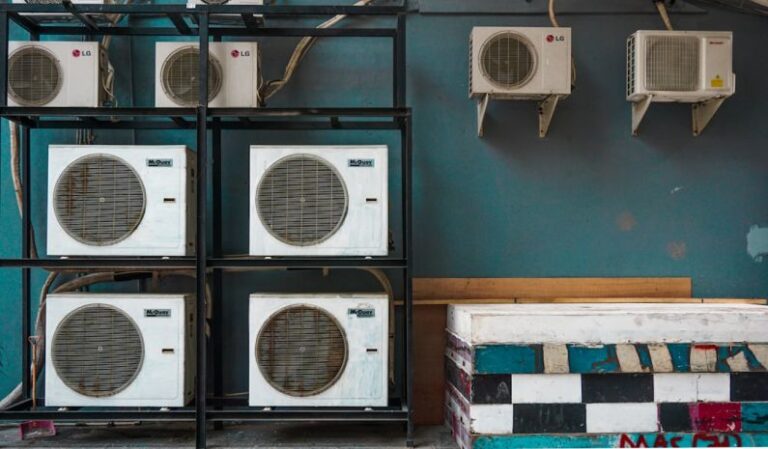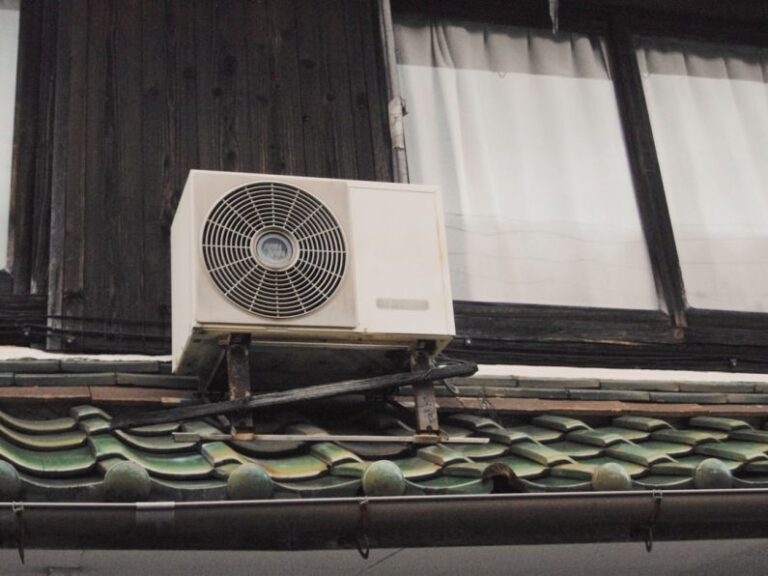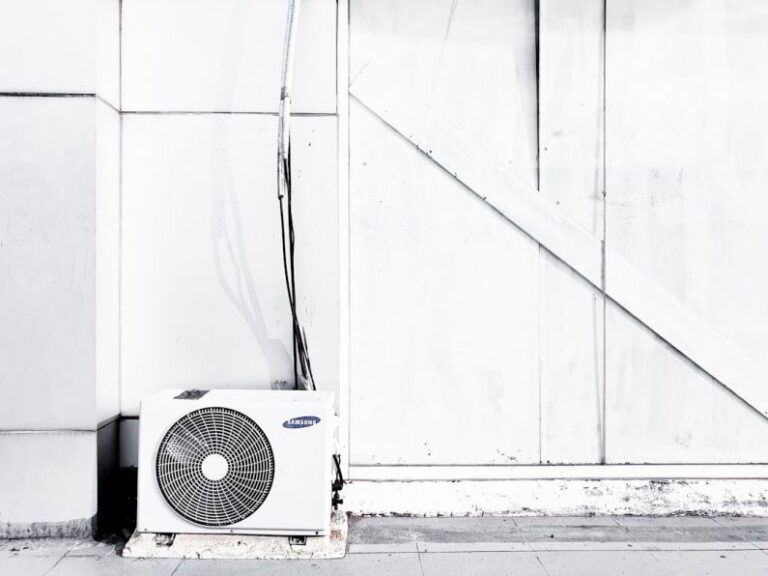
Portable air conditioning units have become a popular option for cooling homes and offices, especially in spaces where traditional central air conditioning systems are not feasible. While these portable units provide a convenient and cost-effective way to stay cool during hot summer months, many people wonder how they impact their energy bills. Understanding the relationship between portable AC units and energy consumption can help individuals make informed decisions about their cooling needs.
**How Do Portable AC Units Work?**
Before delving into their impact on energy bills, it is essential to understand how portable air conditioning units operate. These units work by drawing in warm air from the room, passing it over cooling coils filled with refrigerant, and then releasing the cooled air back into the space. The heat extracted from the air is vented out through an exhaust hose, typically installed near a window or door.
**Energy Efficiency Ratings**
When shopping for a portable air conditioner, it is crucial to pay attention to its energy efficiency rating. The Energy Efficiency Ratio (EER) or Seasonal Energy Efficiency Ratio (SEER) indicates how efficiently the unit uses electricity to cool a space. Higher EER or SEER ratings mean that the unit consumes less energy to produce the same amount of cooling compared to lower-rated models. Investing in a unit with a higher energy efficiency rating can lead to lower energy bills in the long run.
**Cooling Capacity**
The cooling capacity of a portable air conditioner is another factor that influences its impact on energy bills. Units with higher British Thermal Unit (BTU) ratings can cool larger spaces more effectively but may consume more energy in the process. It is essential to choose a unit with the appropriate BTU rating for the size of the room you intend to cool. Using an oversized unit in a small space can lead to inefficient operation and higher energy consumption, while an undersized unit may struggle to cool the room effectively, leading to increased usage.
**Usage Patterns**
How you use your portable air conditioner also plays a significant role in determining its impact on your energy bills. Running the unit continuously at a low temperature setting will consume more energy than using it intermittently or setting it to a higher temperature when not needed. Additionally, keeping doors and windows closed while the unit is in operation helps maintain the desired temperature more efficiently, reducing energy waste.
**Additional Energy-Saving Tips**
To further minimize the impact of portable air conditioners on energy bills, consider the following tips:
– Use programmable timers to schedule the unit to run only when needed, such as during the hottest parts of the day or when you are at home.
– Keep curtains or blinds closed during the day to block out sunlight and reduce the workload on the air conditioner.
– Ensure that the unit’s air filters are clean and free of debris, as clogged filters can hinder airflow and decrease efficiency.
– Use fans in conjunction with the portable air conditioner to help circulate cool air more effectively throughout the room.
**Conclusion: Optimizing Energy Efficiency**
In conclusion, portable air conditioning units can have a significant impact on energy bills, but their effect can be minimized by choosing an energy-efficient model, selecting the appropriate cooling capacity, and adopting smart usage practices. By understanding how these factors influence energy consumption, individuals can enjoy the comfort of a cool environment without breaking the bank. Implementing energy-saving tips and staying mindful of your cooling habits can help optimize the efficiency of portable AC units and keep energy bills in check.





